12 Antique Sewing Machines That Are Worth a Surprising Amount
Rare antique sewing machines hold a special place in the world of collectors. These machines showcase history and craftsmanship from past eras. Many collectors are willing to pay high prices for well-preserved and unique models. Knowing which sewing machines are valuable can help enthusiasts make informed decisions. This article will highlight some rare antique sewing machines that attract top dollar.
This post may contain affiliate links, which helps keep this content free. Please read our disclosure for more info.
Singer Featherweight 221

The Singer Featherweight 221 is highly sought after for its portability, durability, and smooth operation. Introduced in 1933, it became popular among quilters and sewing enthusiasts. Its compact size and classic design make it a collector’s favorite. You can find these machines at vintage markets, auctions, or specialized dealers.
Prices for well-maintained Featherweight 221 machines often range between $500 and $1,200. Models in excellent condition or with original accessories can sell for even more. They are prized for their lightweight aluminum body and ease of use. This sewing machine remains a symbol of quality and nostalgia.
Singer 222K Featherweight
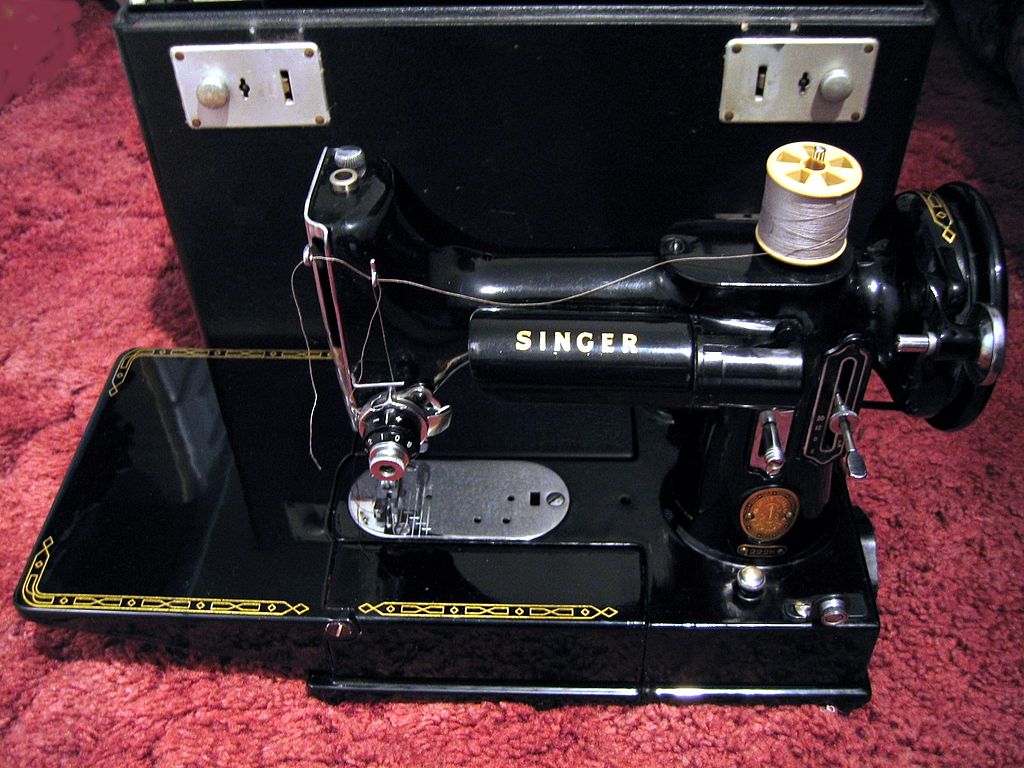
The Singer 222K Featherweight, introduced in the 1950s, is a later version of the original Featherweight with slight design updates. It features the same lightweight and compact build that collectors admire. These machines are valued for their reliability and charm. They can be found through antique dealers or sewing machine collectors.
Market value for a 222K in good condition generally falls between $600 and $1,300. Complete sets with cases or accessories add to the price. This model is still popular for its performance and collectible status. It appeals to both users and vintage collectors alike.
Singer Model 66 Red Ey

The Singer Model 66 Red Eye is known for its distinctive red eye-shaped design on the balance wheel. Produced in the 1920s and 1930s, it was made for home use with a durable cast-iron body. Collectors prize this model for its classic look and sewing quality. It is often found in antique shops and online auctions.
The value of a Model 66 varies, typically ranging from $300 to $800 depending on condition. Restored machines or those with original parts may fetch higher prices. This model represents an important period in sewing machine history. It remains a favorite for vintage sewing enthusiasts.
Singer Model 27 Sphinx
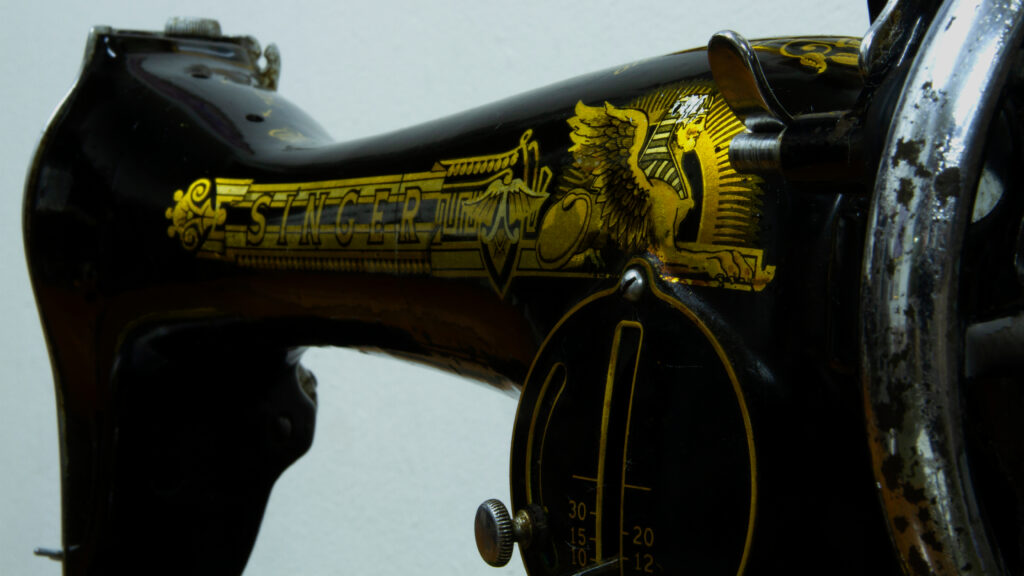
The Singer Model 27 Sphinx was manufactured in the early 1900s and features a unique vertical shuttle design. It is appreciated for its sturdy construction and smooth stitching. The model is a sought-after collectible due to its age and craftsmanship. These machines appear occasionally at auctions and collector sales.
Values usually range from $400 to $900, with well-preserved examples commanding more. Its antique charm makes it attractive to both collectors and users. The 27 Sphinx highlights early advances in sewing machine technology. Owning one is like having a piece of sewing history.
Singer Model 99

The Singer Model 99 was introduced in the 1930s and became popular for its versatility and ease of use. It has a heavy cast-iron frame and was designed for home sewing tasks. Collectors value this model for its reliability and vintage appeal. It can be found at estate sales, flea markets, and online.
Prices for the Model 99 often range between $250 and $700. Machines with original decals and accessories are especially valuable. This model reflects the craftsmanship of its time. It remains a well-loved choice for vintage sewing machine collectors.
Singer 201K
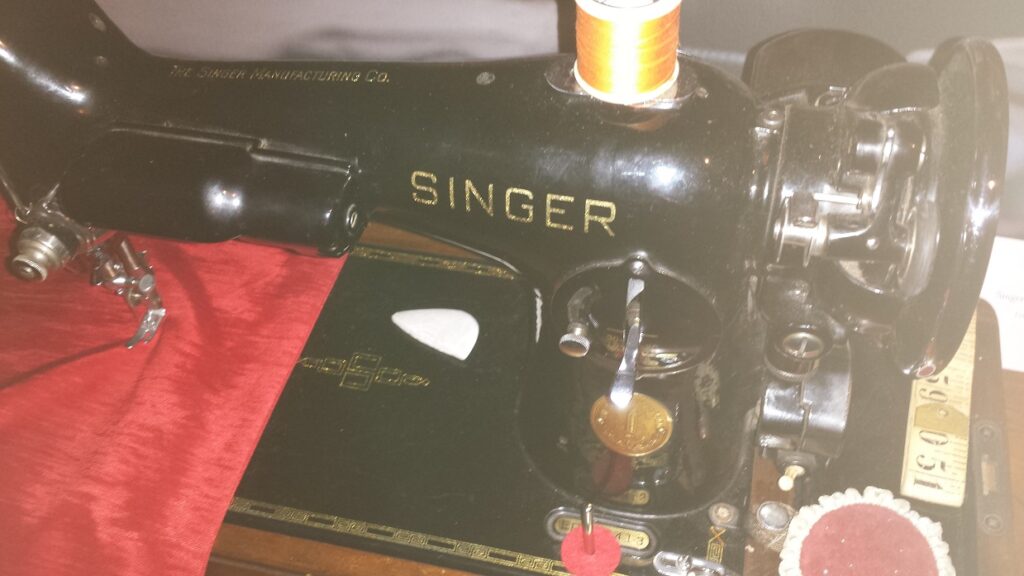
The Singer 201K, produced in the 1930s and 1940s, is known for its precision and solid build. It was made for household use and is appreciated for its straight stitch and durability. Collectors seek this model for its performance and historical value. It is available through antique dealers and sewing machine collectors.
Market values typically range from $300 to $900 depending on condition. Original parts and well-maintained machines tend to be worth more. The 201K is a symbol of reliable engineering from its era. It continues to attract interest from vintage sewing enthusiasts.
Bernina 117K
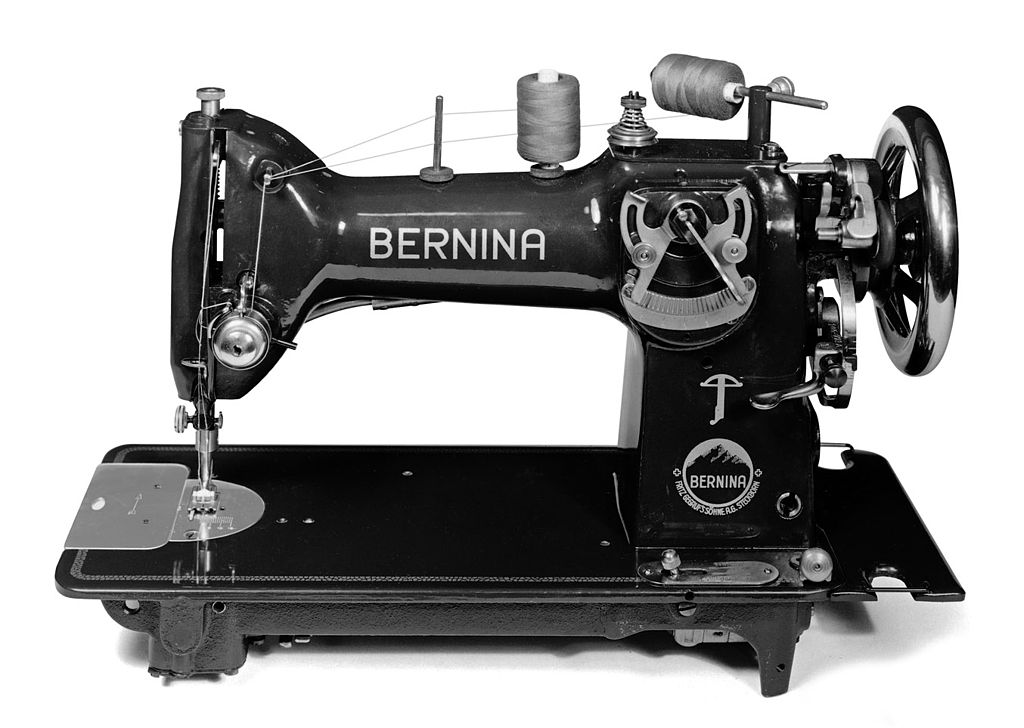
The Bernina 117K was introduced in the mid-20th century and is valued for its high-quality Swiss engineering. Known for its smooth stitching and durability, it appeals to both collectors and serious sewists. Bernina remains a respected name in sewing, adding to the model’s appeal. You can find these machines through vintage dealers or collectors.
Prices for a Bernina 117K range from $400 to over $1,000. Its reputation for longevity helps maintain its value. This model represents classic European craftsmanship. It is sought after for both functional use and collection.
Willcox & Gibbs Automatic
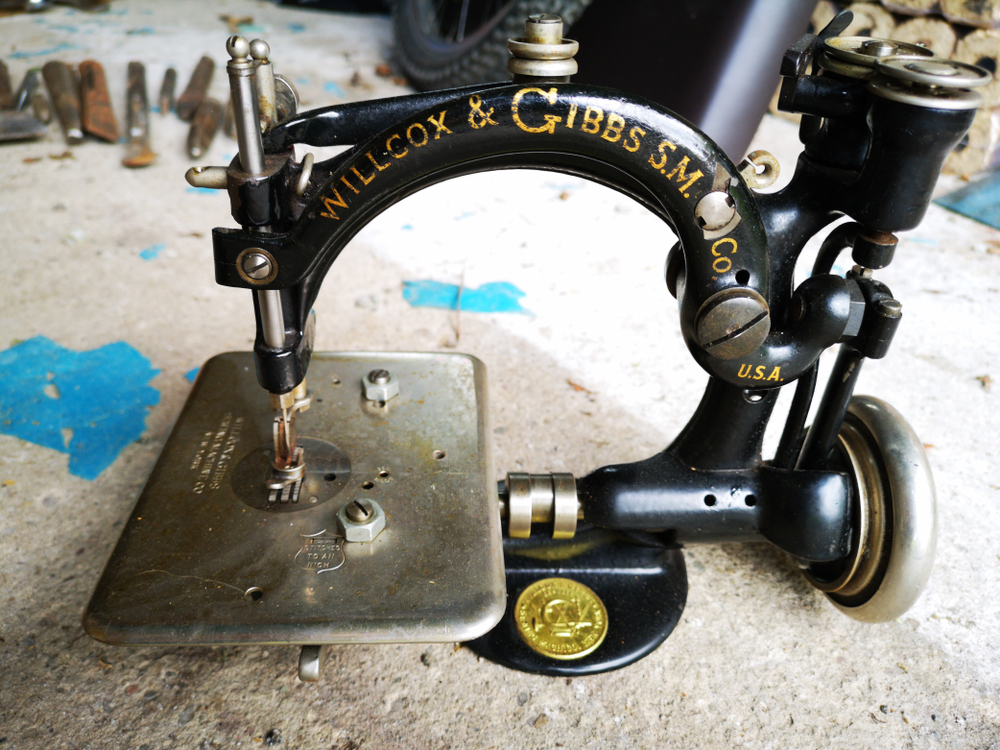
The Willcox & Gibbs Automatic sewing machine dates back to the late 19th and early 20th centuries. It is known for its unique chain stitch and heavy cast-iron construction. Collectors prize this brand for its innovation and durability. These machines are often found at antique auctions and specialized sales.
Values typically range from $500 to $1,500 depending on condition and rarity. Well-preserved examples with original parts are especially valuable. The Willcox & Gibbs brand represents important advances in sewing technology. Owning one is a notable addition to any collection.
Jones Family CS
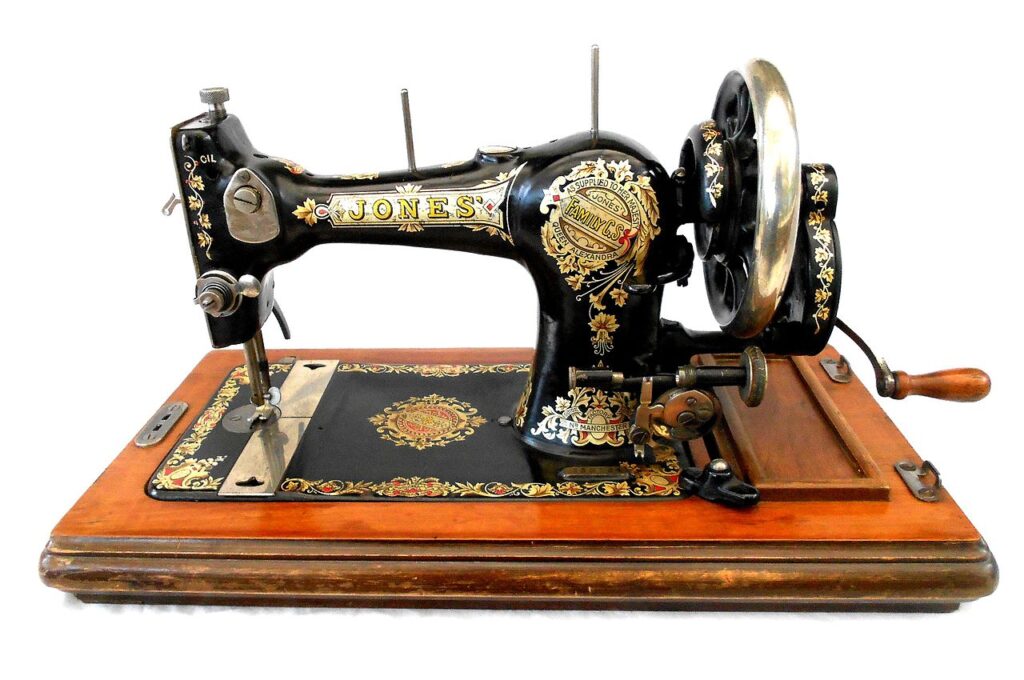
Jones Family CS machines were popular in the mid-20th century, known for their solid build and reliable stitching. Made by the British Jones Sewing Machine Company, they were designed for home use. Collectors seek these machines for their vintage appeal and ease of use. They are often available through antique shops and online auctions.
Market prices usually fall between $150 and $600. Machines in good condition with accessories can command higher prices. The Jones Family CS offers a glimpse into British sewing history. It remains popular among vintage sewing machine fans.
Frister & Rossmann Transverse Shuttle
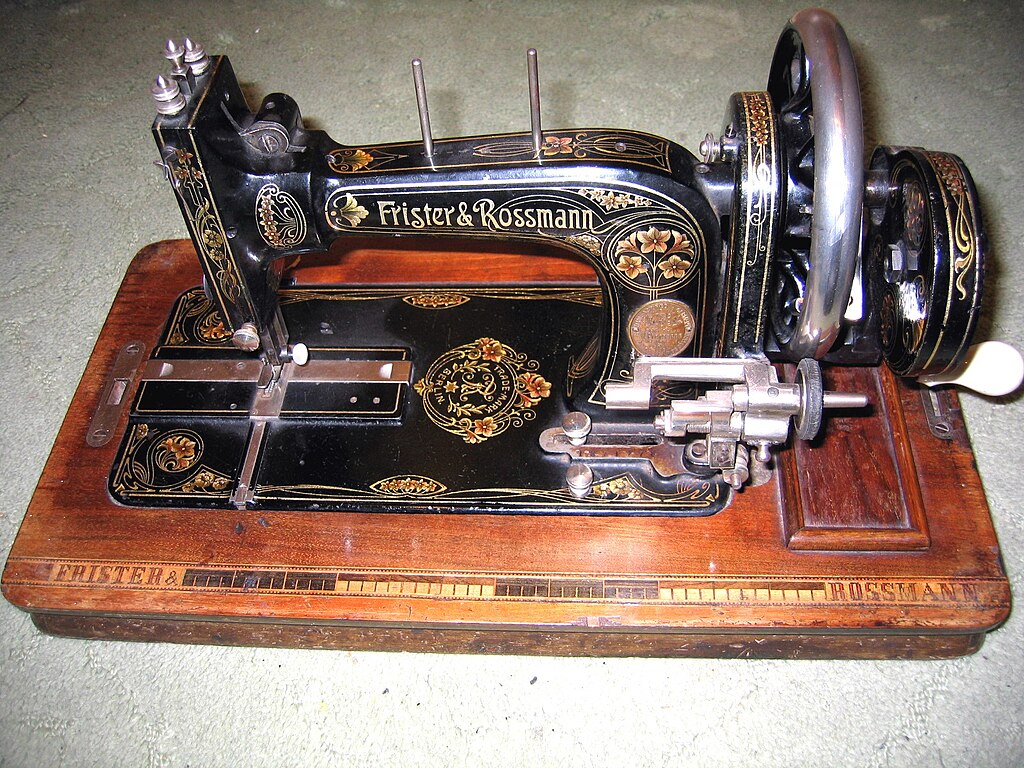
The Frister & Rossmann Transverse Shuttle is a German-made machine from the late 19th century. It features a transverse shuttle mechanism known for its precision. Collectors value these machines for their rarity and craftsmanship. They are occasionally found in antique auctions or collections.
Values typically range from $600 to $2,000 or more depending on condition. The brand is known for high-quality engineering and durability. Owning one is a mark of prestige among sewing machine collectors. These machines often require careful restoration.
Elna Grasshopper
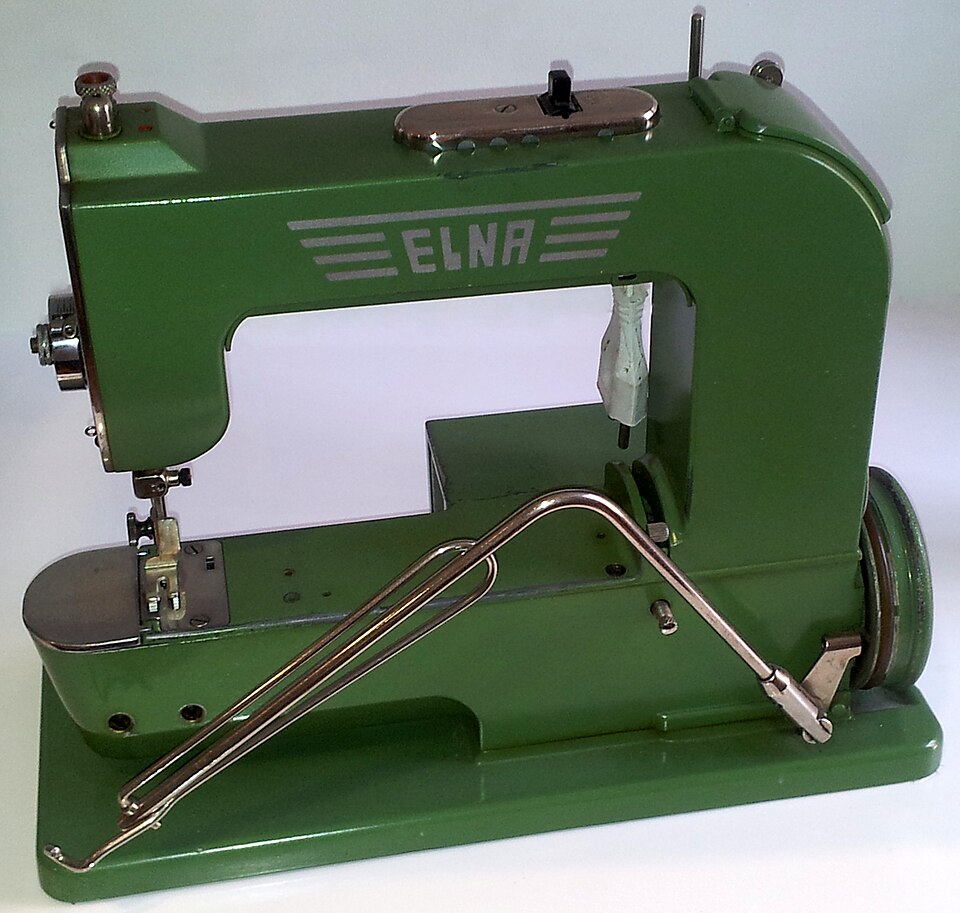
The Elna Grasshopper was introduced in the 1950s and is famous for its compact design and portability. It has a unique fold-out feature that makes it easy to carry. This Swiss-made machine is sought after by collectors and users who appreciate vintage convenience. You can find Elna Grasshoppers through vintage dealers or sewing machine sales.
Prices often range between $300 and $800 depending on condition. The machine’s design and functionality keep it popular today. It represents a clever approach to sewing machine portability. The Elna Grasshopper remains a beloved collectible.
Bradbury Hand Machine
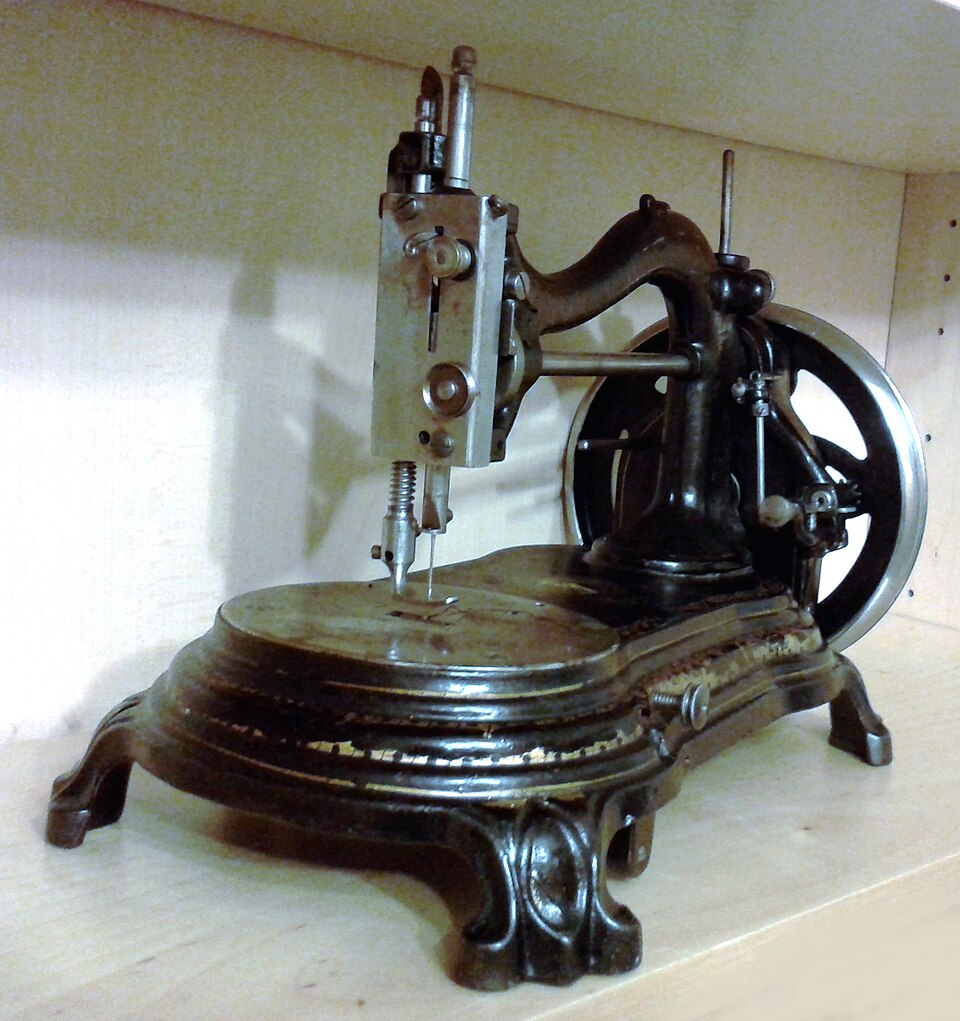
The Bradbury Hand Machine is a very early sewing device from the late 1800s, designed for simple hand operation. Its craftsmanship and rarity make it a prized item for collectors. These machines are rarely seen and mostly found in antique collections or museums. They are valued for their historical significance.
Market values can vary widely but often exceed $1,000 due to scarcity. The machine reflects the early development of sewing technology. It is appreciated as a collector’s piece more than a functional tool today. Owning one connects you to the roots of sewing history.
Antique sewing machines offer a unique glimpse into the history of home and professional sewing. Their value comes from a combination of craftsmanship, rarity, and condition. Collectors often seek out these machines for both their beauty and functionality. Exploring these vintage pieces can be rewarding for anyone interested in sewing or antiques.
This article originally appeared on Avocadu.
